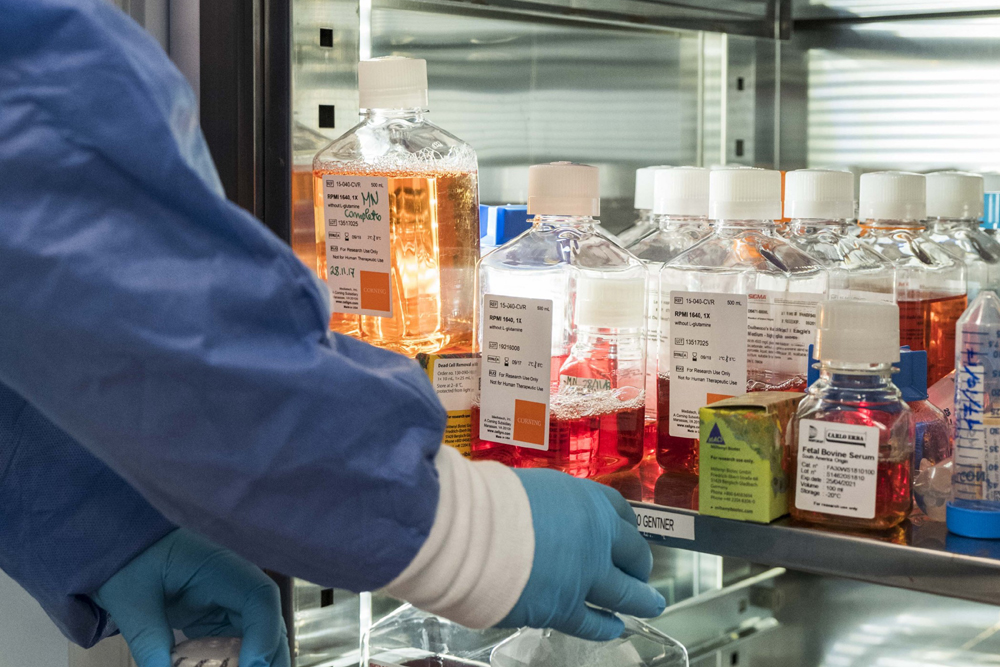A study conducted by researchers at IRCCS Ospedale San Raffaele Milano, funded by Telethon and coordinated by Prof. Sonia Levi – head of the iron metabolism proteomics unit (Unità Proteomica del metabolismo del ferro) and associate lecturer/professor of Applied Biology at Università Vita-Salute San Raffaele – was published in The Journal of Experimental Medicine.

This research is the first to identify in man a mutation of the ferritin gene (L type) which causes a deficiency of the protein involved in regulation of iron in the human organism. Ferritin is a protein which plays a fundamental part in managing iron, and in maintaining homeostasis for this metal in the cells of our organisms. Accumulation of iron in man determines a number of diseases, including neurodegenerative diseases such as the neurodegeneration conditions associated with brain iron accumulation (NBIA).
Iron deficiency, on the other hand, is associated with neurological alterations which are manifest in patients in the form of convulsions and the more widely-known restless leg syndrome (this condition is found in approx. 5% of the population of Italy).In this work, the researchers have demonstrated that the lack of ferritin in man will cause an iron deficiency, inducing increased oxidative stress and cellular damage, thus associating neurological alterations with the mutation present in the ferritin gene.
This result was made possible also through use of a highly innovative technique termed direct cellular reprogramming. Thanks to this procedure it is possible to obtain human neurons quite simply from cutaneous biopsy.Specifically, fibroblasts of the skin are sampled from the patient's arm and are then duly cultivated and reprogrammed in the laboratory. As a result of this totally unprecedented work, the researchers at San Raffaele have demonstrated that, thanks to reprogramming, it is possible to study diseases on cell models which are hard to obtain from humans, as in the case of neurons, in the front line in cases of neurodegenerative diseases.Prof. Levi claims that
"This work is a step ahead in our efforts to understand the biological mechanisms underlying involvement of iron in neurological diseases – a question on which, up to the present, our information is largely incomplete. Furthermore, we may consider the future prospect of use of this cellular reprogramming methodology in order to gain more in-depth knowledge of the molecular mechanisms underlying pathological alterations and also for the purposes of identification of new therapeutic targets”.